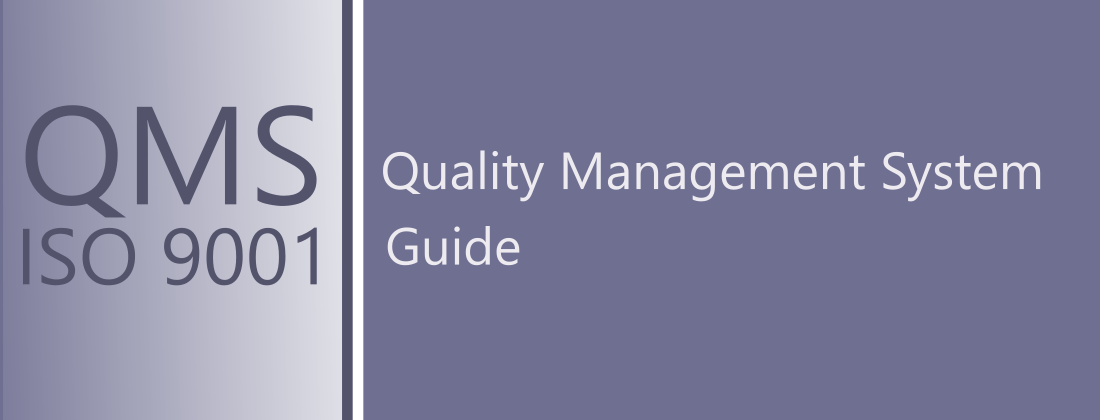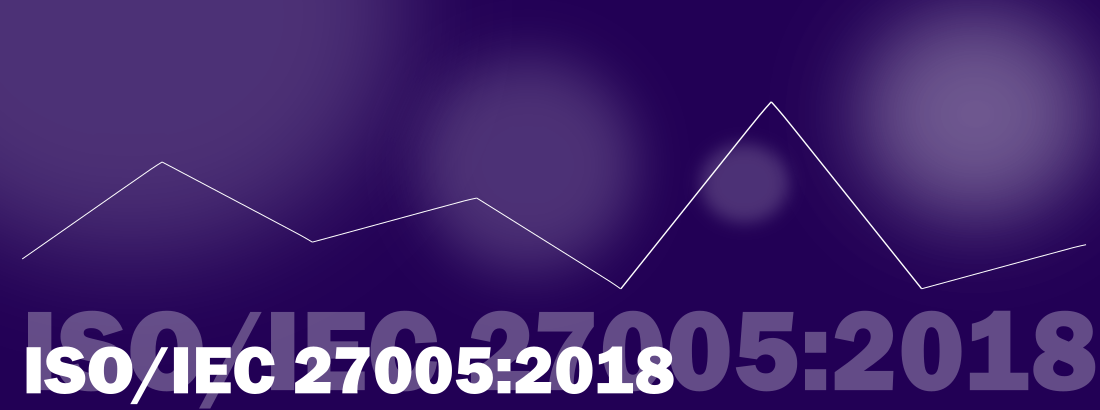The 1980s was a period of prosperity in the petrochemical industry and its development. Due to the continuous expansion and modernization of the concern’s infrastructure, the number of accidents also increased. Due to the above, at the turn of 1990/91 among the Shell, ESSO, DSM, and DOW concerns an initiative was born to reduce accidents and financial losses in this respect.
One of the key causes of the problem was problems with ensuring an adequate level of security among service providers.
The problem was dealt with by the Expert Committee (Centralle Commission van Deskundigen), the executive body of the SSVV Foundation (Stichting Samenwerkend voor Veiligheid – Foundation for Security Cooperation) established by industrial enterprises, which was to guarantee a “practical” approach to the problem. It expressed the motto that guided the creators of the next update of the checklist:
checklist to be practical, no nonsense in the workplace .
The name of the checklist VCA comes from the Dutch language (VGM Checklijst Aannemers) and means: List VGM control for subcontractors . There remains an explanation of the VGM abbreviation:
V (veiligheid) -security
G (gezondhied) -health
M (milieu) -environment
The English version of the VCA was developed in 1997 and since then the abbreviation SCC ( English SHE Checklist Contractors) has been used. The abbreviation SHE (Safety, Health, Environment) has the same meaning as the Dutch VGM.
The VCA approach has two main advantages:
- is a practice-based approach
- combines safety and environmental issues into one coherent system
The idea of VCA – a certificate for subcontractors – was very quickly picked up by other industries outside the chemical industry and today it is successfully used in areas such as construction, energy, and mining.
VCA certificate is needed by both parties: the client and the subcontractor. The ordering party, because it allows for reasonable control of risks related to work safety and environmental protection at its subcontractors. Subcontractors, because they can convince a potential client about their commitment and effectiveness in the field of occupational safety and environmental protection. This, of course, increases the chance of getting orders.
autor: Mariusz Mazur








